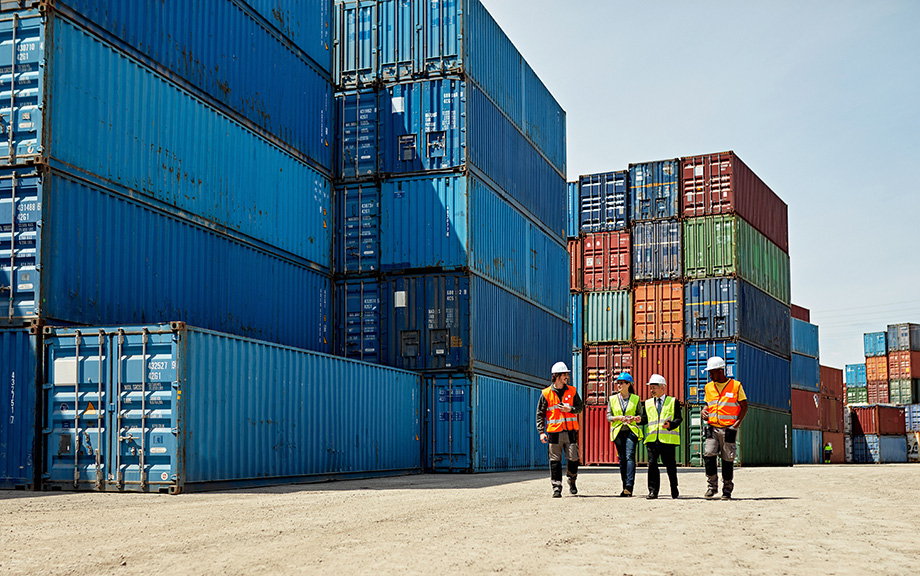Deciphering the Disinflation Process

U.S. inflation surged in the early post-COVID period, driven by several economic shocks such as supply chain disruptions and labor supply constraints. Following its peak at 6.6 percent in September 2022, core consumer price index (CPI) inflation has come down rapidly over the last two years, falling to 3.6 percent recently. What explains the rapid shifts in U.S. inflation dynamics? In a recent paper, we show that the interaction between supply chain pressures and labor market tightness amplified the inflation surge in 2021. In this post, we argue that these same forces that drove the nonlinear rise in inflation have worked in reverse since late 2022, accelerating the disinflationary process. The current episode contrasts with periods where the economy was hit by shocks to either imported inputs or to labor alone.
Pass‑Through of Wages and Import Prices Has Increased in the Post‑COVID Period

Annual CPI inflation reached 9.1 percent in June 2022, the highest reading since November 1981. The broad-based nature of the recent inflation readings has increased concerns that inflation may run above the Federal Reserve’s target for a longer period than anticipated. In this post we use detailed industry-level data to examine two prominent cost-push-based explanations for high inflation: rising import prices and higher labor costs. We find that the pass-through of wages and input prices to the U.S. Producer Price Index has grown during the pandemic. Both the large changes in these costs and a higher pass-through into domestic prices have contributed toward higher inflation.










 RSS Feed
RSS Feed Follow Liberty Street Economics
Follow Liberty Street Economics